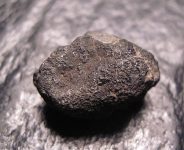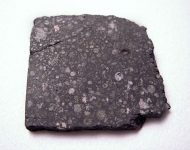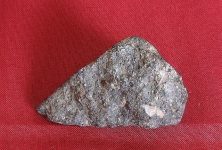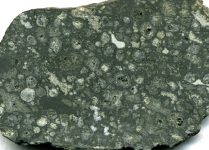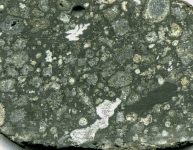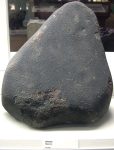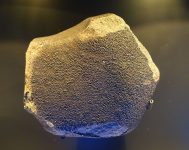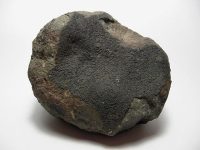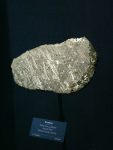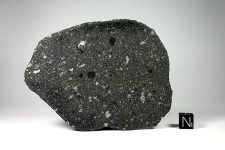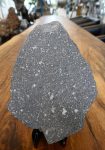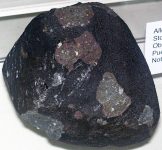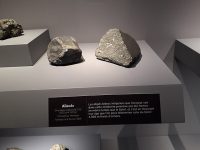Allende
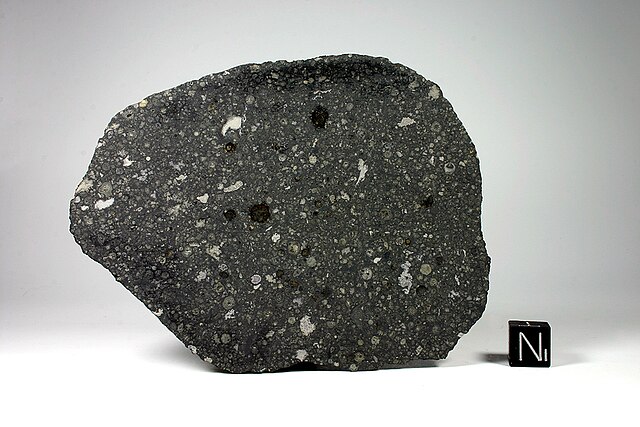

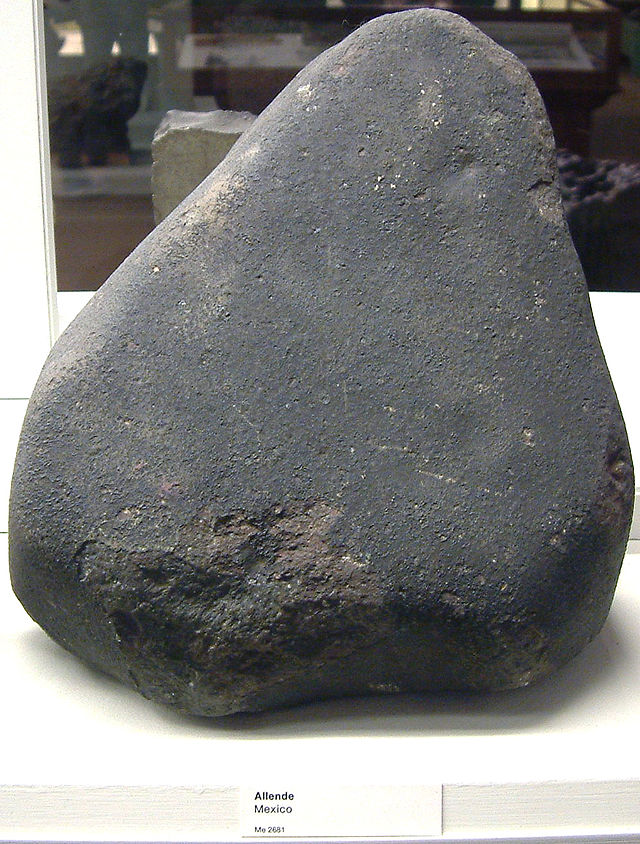
Allende
The Allende meteorite is a carbonaceous chondrite that fell to Earth on February 8, 1969, near the town of Allende in Chihuahua, Mexico. It is one of the most studied and scientifically significant meteorites due to its pristine composition, rich organic content, and the insights it provides into the early solar system and the origins of life.
Discovery and History
The Allende meteorite was discovered following a spectacular fireball and subsequent meteorite shower that occurred over the Mexican state of Chihuahua on February 8, 1969. Fragments of the meteorite rained down over an area near the town of Allende, leading to its name.
Recovery and Classification
Following the meteorite shower, extensive recovery efforts were undertaken to collect fragments of the Allende meteorite. These efforts yielded numerous specimens that were subsequently classified as a carbonaceous chondrite.
Classification as Carbonaceous Chondrite
Allende is classified as a CV3 carbonaceous chondrite, indicating that it belongs to a rare group of meteorites that are rich in volatile elements and organic compounds. Carbonaceous chondrites are among the oldest and most primitive meteorites, preserving materials that predate the formation of planets in the early solar system.
Composition and Structure
The Allende meteorite’s composition and structure provide valuable insights into the processes that occurred during the formation of our solar system.
Chondrules and Matrix
Allende contains small, spherical objects known as chondrules, which are composed of minerals such as olivine, pyroxene, and feldspar. These chondrules are embedded within a fine-grained matrix of silicate minerals, organic compounds, and water-bearing minerals.
Organic Compounds
One of the most significant features of Allende is its rich organic content. The meteorite contains complex organic molecules, including amino acids, hydrocarbons, and other compounds that are essential building blocks for life. The presence of these organic compounds in Allende suggests that similar materials may have been delivered to Earth during the early stages of its formation, potentially seeding the planet with the ingredients necessary for life.
Scientific Significance
The Allende meteorite is of immense scientific importance, providing insights into the chemical and isotopic compositions of the early solar system and the processes that led to the formation of planets and organic molecules.
Presolar Grains
Allende contains microscopic grains of material that predate the formation of our solar system. These presolar grains, which originated in other stars before being incorporated into the solar nebula, provide direct evidence of stellar nucleosynthesis and the chemical diversity of the early universe.
Age Determination
Studies of Allende have facilitated precise isotopic dating of meteoritic materials, helping scientists establish the age of the solar system at approximately 4.6 billion years. Isotopic analyses of Allende’s components have also provided insights into the timing and duration of thermal and chemical processes within the solar nebula.
Astrobiology and Origins of Life
The organic-rich nature of Allende has made it a focal point for studies related to astrobiology and the origins of life. By studying the organic compounds and complex molecules preserved in Allende, scientists seek to understand how these materials may have contributed to the emergence of life on Earth and potentially other planets.
Cultural and Educational Value
Beyond its scientific significance, the Allende meteorite holds cultural and educational value, inspiring fascination and interest in meteoritics, planetary science, and the origins of our solar system.
Scientific Legacy
The study of Allende continues to yield new discoveries and insights into the early solar system and the processes that shaped our cosmic neighborhood. Its rich organic content and primitive composition make it a valuable resource for ongoing research in planetary science, astrophysics, and astrobiology.
